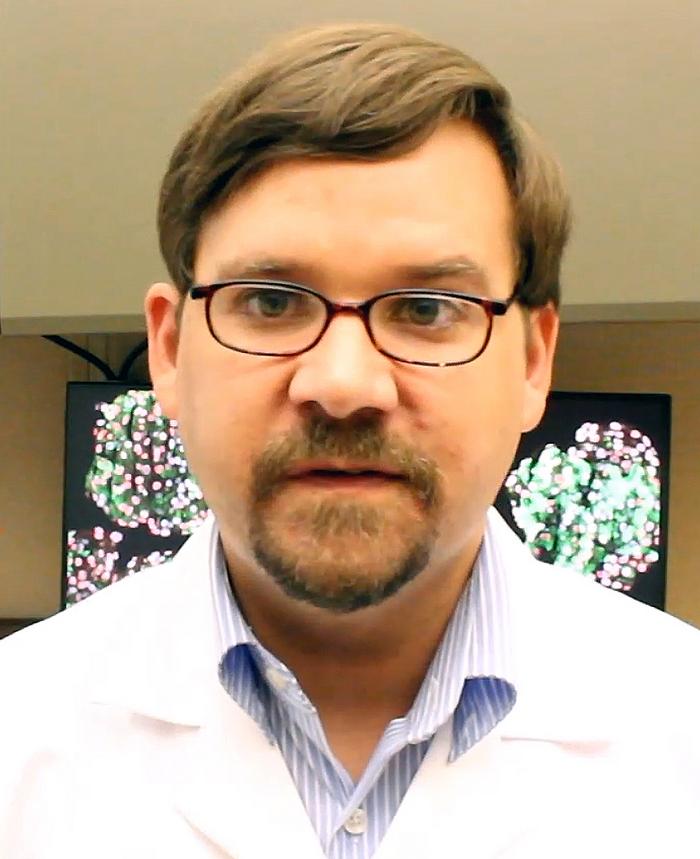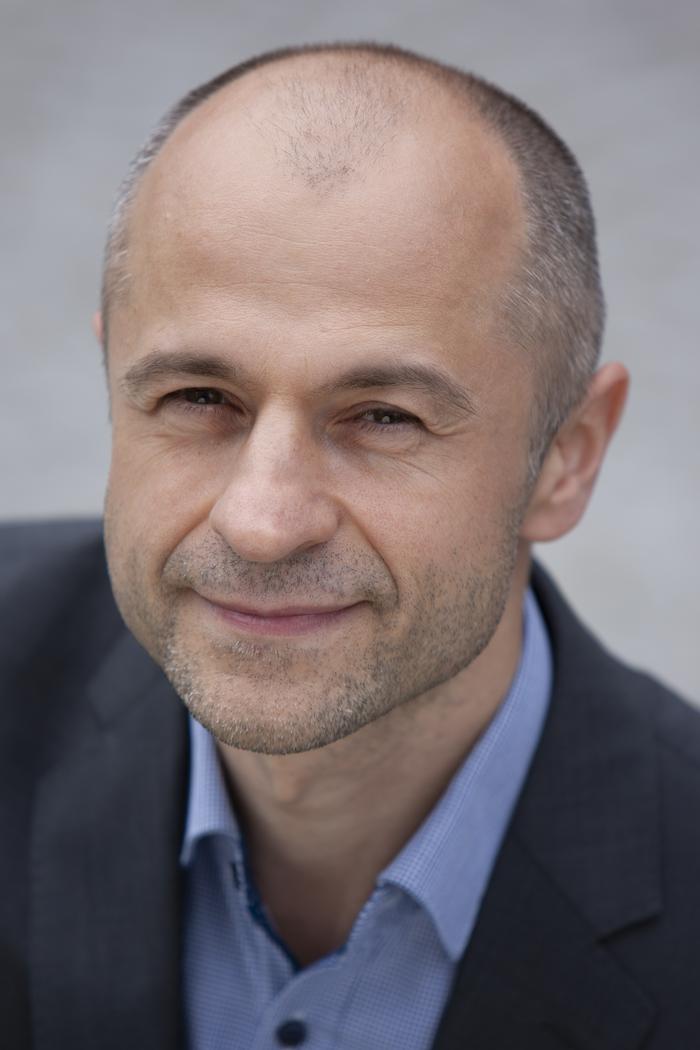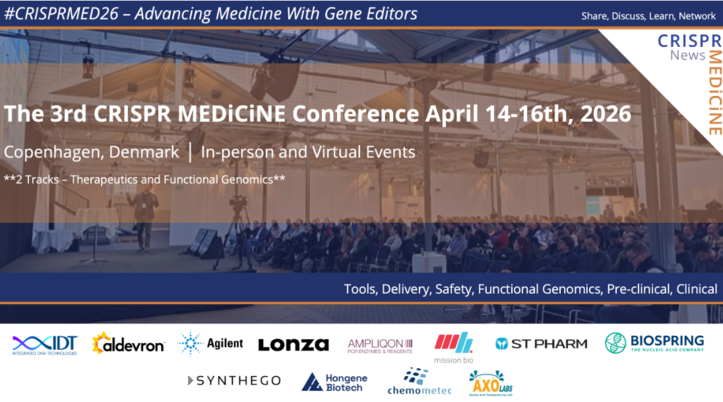Catching up on Genetic Diseases

CRISPR and Stem Cells to Cure Diabetes
In April of this year, a team of researchers from Washington University, US, were the first to demonstrate a potential cure for genetic forms of diabetes using CRISPR-Cas technology. Assistant Professor Jeffrey Millman, Washington University School of Medicine, US, led the study along with physician-scientist Dr. Fumihiko Urano, who treats patients with Wolframs syndrome, a rare autosomal-recessive genetic disorder that causes childhood-onset diabetes mellitus and other life-limiting complications.
The work, published in Science Translational Medicine, involved isolating patient skin cells, differentiating them into stem cells, correcting a diabetes-causing mutation using CRISPR-Cas9, and finally transforming the edited cells into the insulin-producing beta cells that the patient lacks. Transplantation of the edited beta cells into severe diabetic mice rapidly reversed their diabetes, providing a robust and functional cure in this animal model.
During our interview, Jeffrey Millman told us: »This is the first demonstration of the translational potential of patient-derived stem cells, let alone with CRISPR-correction of a diabetes-causing mutation. It now opens up the potential of using a patient’s own cells to treat their diabetes.«
Although the study is at an early stage and much preclinical work is needed before clinical development towards any potential therapy, the results provide hope for patients living with certain types of diabetes that are caused by mutations in a single gene.

Curing Hereditary Blindness With CRISPR-Cas Without Cutting the DNA
In a recent proof of principle study, researchers in Germany successfully corrected hereditary blindness in a mouse model of retinitis pigmentosa, a genetic form of blindness that affects millions of people worldwide.
The research, published in Science Advances, describes how a catalytically inactive form of Cas9 (dCas9) – that cannot cut DNA – was fused to transcriptional activators leading to the formation of a complex called dCas9-VPR. This complex along with guide RNA was then delivered via a dual adeno-associated (AAV) delivery system under the retina of mice suffering from retinitis pigmentosa. This CRISPR-Cas gene therapy approach enabled activation of a silent gene, OPN1MW, which could functionally compensate for mutations in the rhodopsin gene (RHO), which are the leading cause of retinitis pigmentosa.
Dr. Elvir Becirovic, who led the research, told us in an interview about how the team took advantage of the fact that many of the genes in our genome have similar functions. In many cases, functionally equivalent genes are expressed in different cell types and tissues, and typically in cells where one gene is expressed, the other gene is silenced.
»The central idea of our strategy was the assumption that switching on silenced, functionally equivalent genes in the affected cells can compensate for the missing function of the mutated gene and thus treat the disease.« said Elvir Becirovic.
The study was the first to describe a successful gene therapy approach to curing a genetic disease in an animal model using dCas9-VPR-mediated transcriptional activation. The inability of dCas9 to cut DNA reduces concerns about off-targets effects, and given the large number of functionally equivalent genes in the human genome, the strategy is likely to be applicable to other genetic diseases.

CRISPR Corrects The Rare and Life-Limiting Autoimmune Disease IPEX
Immune dysregulation, polyendocrinopathy, enteropathy, X-linked syndrome (IPEX) is one of more than 10,000 incurable single-gene disorders described to date. The disease arises from mutations in the FOXP3 gene and is characterised by symptoms such as automimmunity and allergy that occur along a continuum of severity depending on the exact mutations present.
In August, we interviewed Rosa Bacchetta, Associate Professor at the Department for Pediatrics - Stem Cell Transplantation at Stanford University, whose lab recently demonstrated that CRISPR can correct FOXP3 to restore function in haematopoietic stem/progenitor cells (HSPCs) derived from IPEX patients.
»We used the CRISPR and AAV technology to insert the wild-type FOXP3 gene in its correct physiological location to preserve its endogenous regulatory elements, which are very complex for this gene. Being a transcription factor, FOXP3 is very challenging to modify and engineer. We could only do what we did using CRISPR technology, because we could insert the gene exactly where we wanted.« explained Rosa Bacchetta about the reasoning behind a CRISPR-based approach to IPEX.
The CRISPR-edited cells displayed normal FOX3P function in vitro and in vivo in a humanised immunodeficient mouse model, and the >70 diverse FOXP3 mutations described so far could be corrected in a single sweep by replacing the entire gene with a single construct.
Much work remains before we see a CRISPR cure for IPEX in the clinic, but the team envisions that the CRISPR-edited HSPCs will be used for autologous transplantation in IPEX patients.

CRISPR-Based Correction of a Rare Immune Disorder, Wiskott-Aldrich Syndrome
Wiskott-Aldrich (WAS) is another rare and incurable X-linked recessive primary immunodeficiency. WAS arises through mutations in the WAS gene that lead to defective WAS protein (WASp) expression and/or function. Hallmarks of the disease include platelet defects, recurrent infections and complex immunodeficiency.
Alessia Cavazza’s research group at Great Ormond Street Institute of Child Health in London recently succeeded in using CRISPR to correct the WAS gene in patient-derived HSPCs, and the work was published in in Nature Communications.
During our interview, Alessia explained how CRISPR allowed the team to insert one wild-type copy of the WAS gene per cell in its endogenous locus, thus maintaining normal cell copy number and proper transcriptional regulation, which are essential parameters for complete and reliable correction of the disease phenotype in all affected haematopoietic lineages.
The CRISPR strategy could restore all morphological and functional defects in patient-derived HSPCs in vitro. The team made similar observations in a humanised immunodeficient mouse model without any concerning off-target effects.
Alessia Cavazza is hopeful that a CRISPR approach to WAS replacement may benefit more patients than lentiviral therapy, which is currently used to treat WAS patients with varying success:
»Given the exciting preliminary results we obtained in an in vitro model of platelet differentiation from corrected human HSCs, we believe that our gene editing approach would be attractive to patients with classic as well as those with attenuated WAS, for whom allogeneic transplant and even lentiviral gene therapy presents unacceptable risks or the possibility of poor efficacy. This would extend the approach to a higher number of patients, and would likely several hundreds of additional patients in the UK alone.«
Read our full interview with Alessia Cavazza here.
CRISPR in the Clinic
In this roundup, we've looked back on our recent coverage of research-stage approaches to correcting genetic diseases with CRISPR-Cas technology. The CRISPR field is moving fast and many therapeutic strategies are already at clinical stage. You can keep up to date with what's happening in the clinic with our CRISPR Clinical Trials Database or by keeping an eye out for our regular CRISPR Clinical Trial updates.
Tags
ArticleDiabetesHereditary BlindnessImmune dysregulation, Polyendocrinopathy, Enteropathy, X-linked syndrome, IPEXWiskott-Aldrich Syndrome, WASGene therapyOff-targetCRISPR-CasdCas9
CLINICAL TRIALS
Sponsors:
Suzhou Maximum Bio-tech Co., Ltd.
Sponsors:
Zhejiang University







